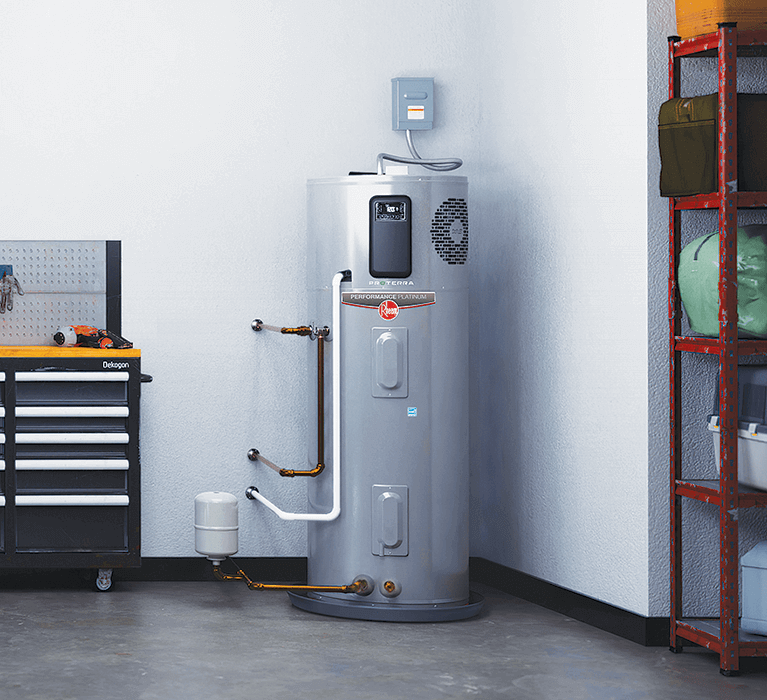Effective Techniques for Caring for Your Home's Hot Water System
Effective Techniques for Caring for Your Home's Hot Water System
Blog Article
Have you been on the lookout for information on What Kind of Maintenance Do Water Heaters Need??

Warm water is essential for everyday comfort, whether it's for a revitalizing shower or washing meals. To ensure your hot water system runs effectively and lasts much longer, normal upkeep is crucial. This write-up gives sensible ideas and insights on exactly how to keep your home's warm water system to prevent disruptions and pricey fixings.
Introduction
Keeping your home's hot water system could seem daunting, yet with a few straightforward steps, you can ensure it runs smoothly for several years to find. This overview covers whatever from recognizing your hot water system to DIY upkeep pointers and knowing when to call expert aid.
Significance of Keeping Your Hot Water System
Regular upkeep not just expands the life-span of your hot water system however also ensures it operates successfully. Overlooking maintenance can cause reduced effectiveness, higher power expenses, and even early failing of the system.
Signs Your Warm Water System Needs Maintenance
Understanding when your warm water system requires focus can protect against major concerns. Watch out for indicators such as irregular water temperature level, strange noises from the heating unit, or rustic water.
Understanding Your Hot Water System
Before diving into upkeep jobs, it's useful to understand the basic parts of your warm water system. Typically, this consists of the hot water heater itself, pipes, anode poles, and temperature level controls.
Monthly Maintenance Tasks
Routine monthly checks can assist capture minor problems before they intensify.
Purging the Water Heater
Purging your water heater gets rid of debris accumulation, boosting performance and lengthening its life.
Checking and Replacing Anode Rods
Anode poles stop deterioration inside the storage tank. Examining and replacing them when worn is vital.
Examining and Changing Temperature Level Settings
Changing the temperature level setups guarantees optimal efficiency and security.
DIY Tips for Upkeep
You can do numerous upkeep tasks yourself to keep your warm water system in leading condition.
Looking for Leakages
Frequently check pipes and connections for leakages, as these can cause water damages and higher bills.
Testing Stress Alleviation Valves
Checking the stress safety valve ensures it functions correctly and prevents too much stress accumulation.
Protecting Pipes
Shielding warm water pipes reduces heat loss and can conserve energy.
When to Call a Specialist
While DIY maintenance is beneficial, some concerns need professional proficiency.
Complicated Issues Calling For Expert Help
Instances include major leakages, electrical troubles, or if your water heater is consistently underperforming.
Regular Expert Maintenance Conveniences
Professional upkeep can include thorough examinations, tune-ups, and guaranteeing conformity with security criteria.
Final thought
Normal maintenance of your home's warm water system is essential for effectiveness, longevity, and expense savings. By complying with these pointers and knowing when to seek specialist help, you can make certain a reputable supply of warm water without unexpected interruptions.
How to Maintain an Instant Hot Water Heater
Before tinkering with your hot water heater, make sure that it’s not powered on. You also have to turn off the main circuit breaker and shut off the main gas line to prevent accidents. Also turn off the water valves connected to your unit to prevent water from flowing into and out of the appliance. 2. When you’re done, you have to detach the purge valves’ caps. These look like the letter “T†and are situated on either side of the water valves. Doing so will release any pressure that has accumulated inside the valves while at the same time avoid hot water from shooting out and burning your skin. 3. When the purge valves’ caps are removed, you have to connect your hosing lines to the valves. Your unit should have come with three hoses but if it didn’t, you can purchase these things from any hardware or home repair shops. You can also get them from retail stores that sell water heating systems. Read the user’s manual and follow it to complete this task properly. When the hosing lines are connected, open the purge port’s valves. 4. You should never use harsh chemical cleaners or solutions when cleaning your unit. Make use of white vinegar instead. It should be undiluted and you’ll probably use about 2 gallons. 5. Now flush your water heater. This task should probably take about 40 minutes. We can’t give you specific directions for this because the procedure is carried out depending on the type, model and brand of your heater. With that being said, refer to the user’s manual. 6. When you’re done draining the unit, you have to turn off the purge port valves again. Remove the hosing lines that you earlier installed on each of the water valves. Put the valve caps (purge port) back in their respective places and be very careful so as not to damage the rubber discs that are found inside these caps. 7. Now that everything’s back in place, check your user’s manual again to find out how to reactivate your water heating system. 8. Once it is working, turn one of your hot water faucets on just to let air pass through the heater’s water supply pipes. Leave the tap on until water flows smoothly out of it. https://www.orrplumbing.com/blog/2014/september/how-to-maintain-an-instant-hot-water-heater/

Do you appreciate more info about Tips on Maintaining a Water Heater? Put a remark down below. We will be happy to hear your insights about this post. In hopes that you come back again soon. Be sure to set aside a second to share this entry if you liked it. Thank you so much for your time spent reading it.
Click Here Report this page